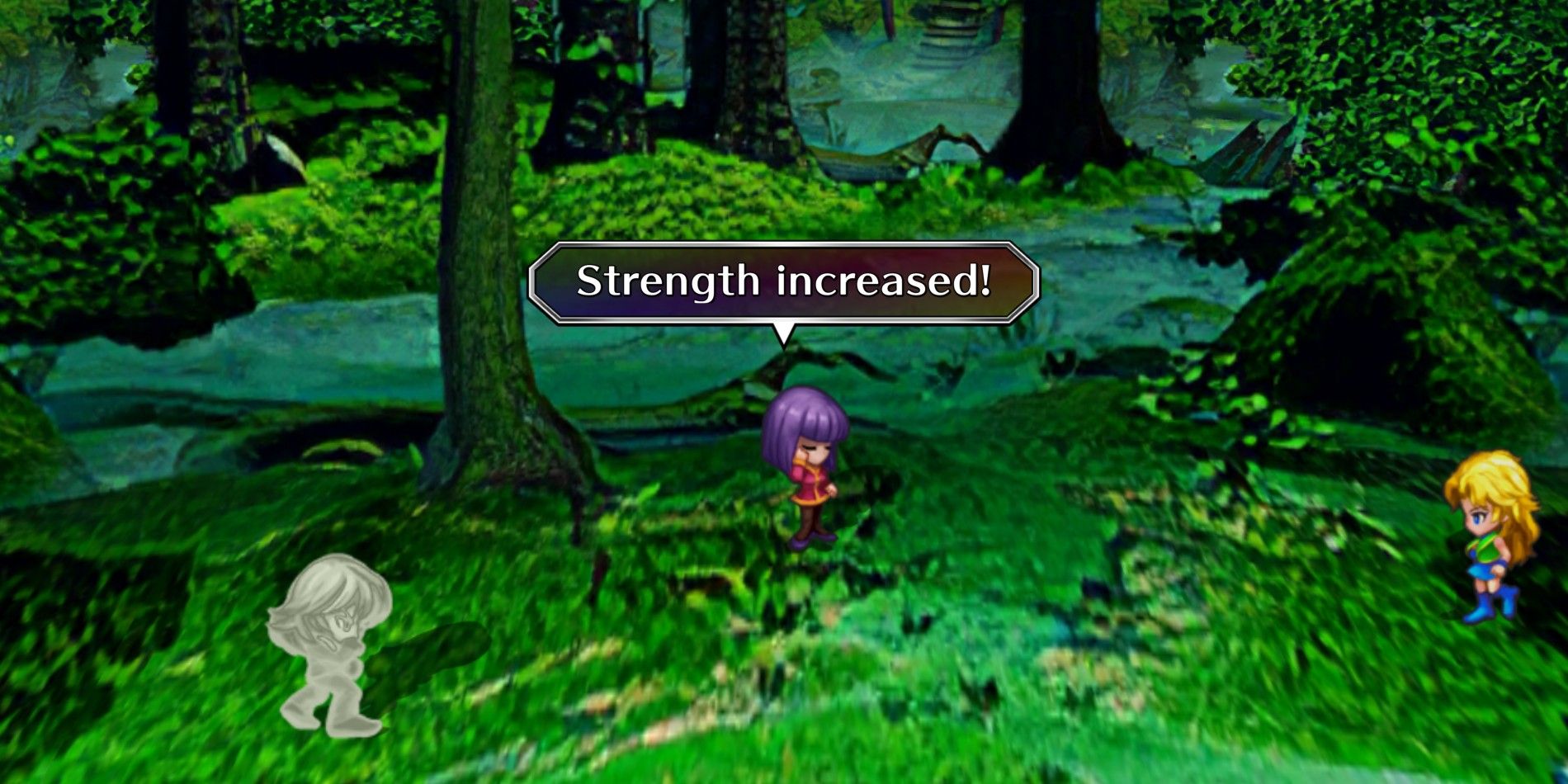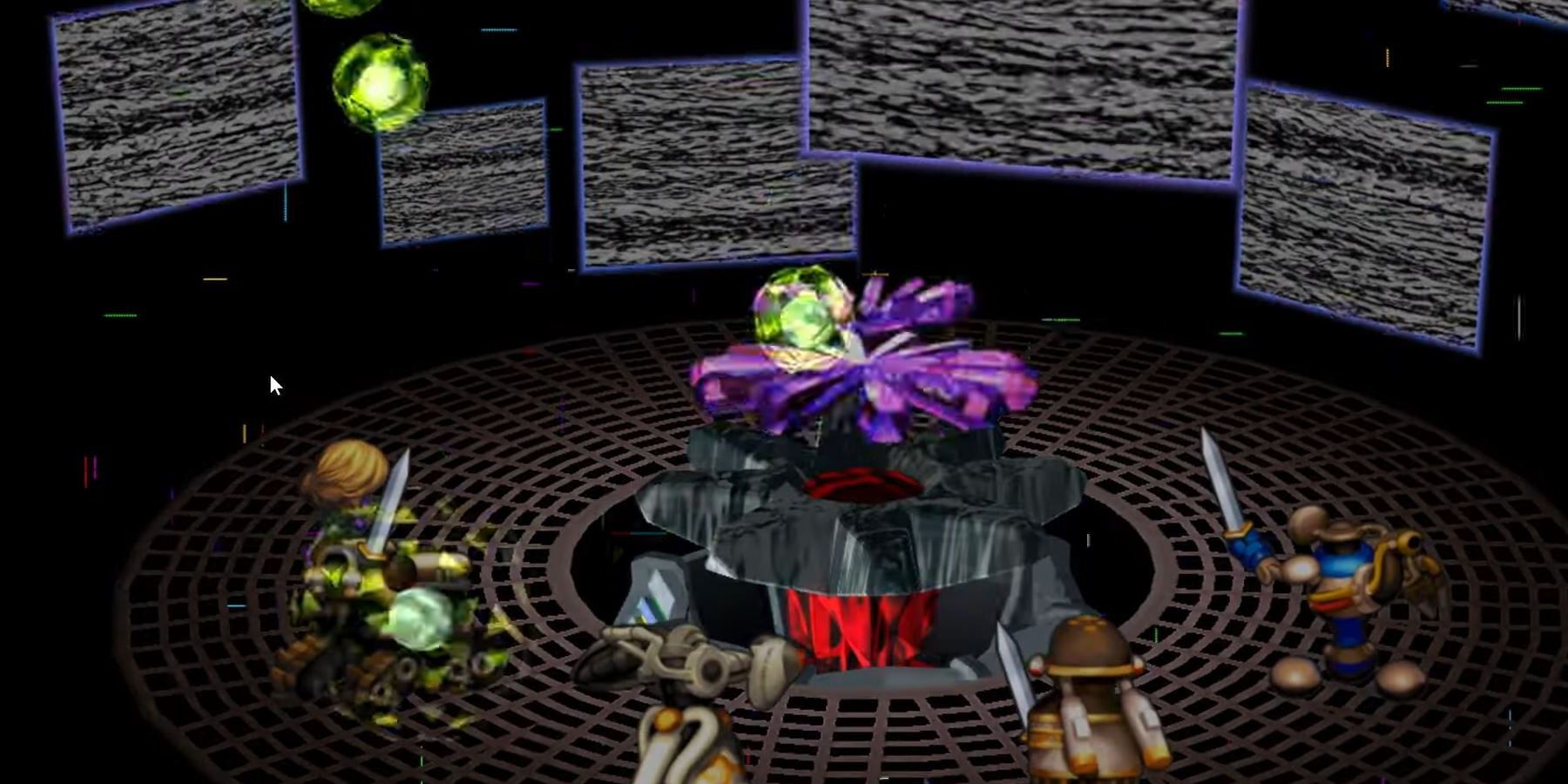Open-world RPGs allowing for non-linear exploration are more popular than ever, as titles like Skyrim and The Witcher 3 have proven. Long before this trend hit its current peak, SaGa Frontier offered a similar experience on the original PlayStation. The game has now been remastered, with added content included, and it is available on Switch, PlayStation 4, PC, and mobile devices. Fans of the original can now experience an additional character storyline, and those who never tried it on its original release can see what one of the earlier renditions of a non-linear RPG had to offer.
The SaGa series from Square had six games that preceded SaGa Frontier, but Frontier was the first title to be released in the U.S. under the SaGa name. The first three SaGa games were for the original Game Boy and were localized as the Final Fantasy Legend trilogy, and recently re-released as the Collection Of SaGa – Final Fantasy Legend for the Switch. The three Romancing SaGa titles for the Super Famicom were not released on the U.S. Super Nintendo, but the first entry was later remade for the PlayStation 2 as Romancing SaGa: Minstrel Song. Romancing SaGa 2 and Romancing Saga 3 have had more recent remasters that were released on multiple gaming platforms domestically.
Most SaGa RPG games focused more on open-ended gameplay and non-linearity, relative to Square’s flagship RPG series, Final Fantasy. SaGa Frontier was no exception, allowing for much more exploration and customization than the norm for JRPGs, which tend to follow a more linear format than their western RPG counterparts. Players could find themselves swallowed by a whale and exploring an optional dungeon within it, or detour from a plot about mysticism and magic to visit a high-tech city to buy equipment upgrades. Nearly every recruitable SaGa Frontier character was optional, allowing players to customize their party, and most characters could focus on any specialization the player chose, or dabble in a bit of everything.
SaGa Frontier Encouraged Exploration And Customization

The structure of SaGa Frontier is similar to the narrative paths in Octopath Traveler, a spiritual successor of sorts to the SaGa franchise. Players could select from seven different protagonists, each of which had their own storyline and ending. By beating all of the character scenarios, players could access a special final ending segment. Many of the protagonists could be recruited into the other characters’ parties.
While some of the heroes had story-based fighting styles, the players could opt to change them into whatever they wanted them to be, for the human characters. SaGa Frontier did not use a class system and allowed human characters to improve their attributes and learn skills in any combat style they used. Monster, mystic, and robot characters had different routes to improvement, just as they did in some of the Final Fantasy Legend titles. For instance, one of the main characters, Blue, was a powerful wizard according to the storyline, but players could also train him in guns, swords, or martial arts if they chose. In SaGa Frontier, new powers did not emerge predictably, but through sudden flashes of inspiration mid-combat, when a character would learn a new special attack.
The game contained numerous missable secrets. A market manipulation trick allowed players to selectively buy and sell gold to generate unlimited profit. Powerful characters and equipment were often well off the beaten path. Learning a specific series of unarmed combat attacks would unlock the extremely powerful Dream Super Combo, a multipart throw resembling one of Zangief’s super moves from the Street Fighter franchise.
SaGa Frontier Remastered Adds Fuse As An Eighth Protagonist

SaGa Frontier Remastered added an eighth playable protagonist, Fuse, who was recruitable as a party member in the original but did not have his own storyline. Fuse’s scenario was cut due to time constraints on the original release, but his story was completed for the remaster. As a PS1 game, SaGa Frontier was unable to depict the large-scale 3D environments that some gamers now associate with open-world RPGs. Many modern open world RPGs have vast worlds to explore, but often not much to do in them. While its environments were smaller, nearly every area in SaGa Frontier had something new and interesting to discover. This could mean stumbling into encounters far beyond the party’s power level or accessing more powerful items and recruitable characters.
The game’s truncated stories arguably lacked some of the depth of the Final Fantasy series, and its interchangeable party members might have resulted in less emotional investment in the characters. Still, the quirky, unpredictable experience of a SaGa game remains appealing for fans of the franchise. SaGa Frontier is one of the best entries in the series, and its remaster is an excellent starting point for anyone interested in trying Square’s more non-linear, experimental, line of RPGs.




